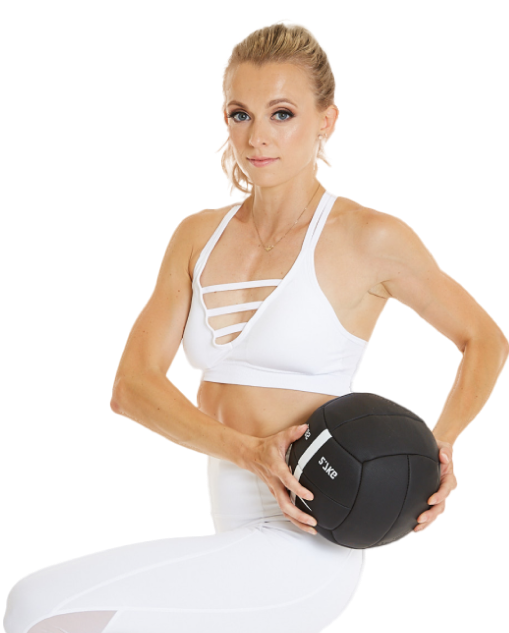If there’s one thing I’ve seen firsthand throughout my fitness journey and from working with clients, it’s this: strength training is a complete game-changer. As we transition through different stages of life, our workouts need to evolve too. How you train for your wedding, through pregnancy, postnatal recovery, and especially during perimenopause will be completely different. Gone are the days of endless cardio! As we age, the focus shifts—building strength becomes the priority. This shift has made all the difference for my clients, especially as they navigate hormonal changes during perimenopause.
For women going through perimenopause, strength training is truly your best ally. This phase of life brings changes that can be tough to deal with—like muscle loss, weight gain, and a slower metabolism. But strength training can help you combat all of that and more.
Why Is Strength Training So Important in Perimenopause?
When we hit perimenopause, our estrogen levels start to drop, which leads to muscle loss and a decline in bone density. That’s why building and maintaining muscle is essential. Here’s why it’s so powerful:
- Maintaining Muscle Mass
As we age, we naturally start to lose muscle—unless we actively work to build it. Strength training helps preserve muscle mass, which in turn helps keep your metabolism up. This means burning more calories, even at rest! - Supporting Bone Health
Weight-bearing exercises like squats and deadlifts not only build muscle but also strengthen bones. This is key to preventing conditions like osteoporosis, which women are more susceptible to during perimenopause. - Managing Weight Gain
One of the most frustrating parts of perimenopause is the tendency to gain weight, especially around the midsection. By lifting weights and focusing on compound movements, you’ll burn more fat, retain muscle, and keep that weight gain in check.
The Best Strength Moves for Perimenopausal Women
When it comes to strength training, you don’t need a gym full of equipment. You just need to focus on movements that work multiple muscle groups, also known as compound exercises. Here are a few that are included in my 12-week perimenopause program:
- Flat Back Row To Kickback: These target your rhomboids, posterior deltoids, core, spinal extensors and triceps, while also promoting balance and stability.
- Deadlift to Front Squats: Perfect for building strength in your core, back, quads, hamstrings, and glutes. They also support better posture.
- Push-Up To Hinge Backs: Don’t underestimate this dynamic move! Push-ups engage your chest, arms, core, and even your legs. All while stretching the lats and hip extensors.
These exercises are the foundation of the program, and as we progress, we’ll layer in more moves to keep you feeling challenged and strong.
How to Start Incorporating Strength Training Into Your Routine
You don’t need hours at the gym or fancy equipment to get started. Here’s what I recommend:
- Start Small: Aim for 2-3 strength workouts per week, and focus on form over weight at first.
- Use What You Have: Dumbbells, resistance bands, or even your own body weight are great tools.
- Be Consistent: Like anything, the key to results is consistency. The more you show up, the stronger you’ll get—and the better you’ll feel.
Ready to Build Strength and Feel Your Best?
Strength training isn’t just about looking toned; it’s about feeling strong, energized, and capable at any age.
I’ve created a BRAND NEW 12-week program specifically designed to help women navigate perimenopause, keep building strength, and feel more energized than ever. This program is packed with 1:1 coaching, tailored workouts, and custom programming so you can meet this season of change with strength and confidence.
If you are looking for personalized attention as you navigate perimenopause, I’d love to work with you! I’m offering special “Founding Members” pricing to the first 10 people who sign up. Book a free clarity call with me below to learn more.
Let’s embrace this transition together and come out stronger on the other side.
XO,
Brooke
P.S. Don’t wait—this is the perfect time to start building the foundation for a stronger, healthier you. Let’s do this!



